PHARAOH
ADMIN
[M:125]
Admin-Ra of POC
Posts: 705
|
Post by PHARAOH on May 22, 2012 7:32:11 GMT -5
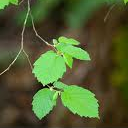 ALDER ALDER
Reduces swelling and prevents infection when chewed and applied to a wound. May also be chewed by a cat with a toothache to reduce pain, swelling, and aid in preventing complications.
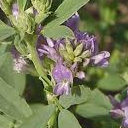 ALFALFA ALFALFA
Used to prevent tooth decay.
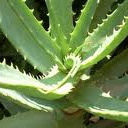 ALOE VERA ALOE VERA
Use the gel inside of leaves to cure skin problems or burns.
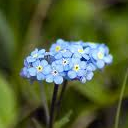 ALPESTRIS ALPESTRIS
Helps cats with troubled digestive systems to digest food.
 ASH (TREE) ASH (TREE)
New shoots are to be eaten, and chewed and applied to the bit of an Adder or Viper to stave off the effects of its poisonous bite.
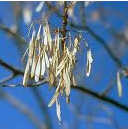 Keys (seeds) of the Ash tree may also be consumed to fight the pain caused by a stitch in the side. Keys (seeds) of the Ash tree may also be consumed to fight the pain caused by a stitch in the side.
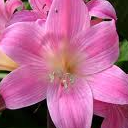 BELLADONNA BELLADONNA
Calms spasms and cramps.
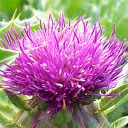 BLESSED THISTLE BLESSED THISTLE
Increases circulation of blood if swallowed.
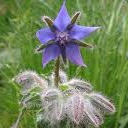 BORAGE BORAGE
Leaves and Roots should be consumed to stave off fevers. Seeds and leaves should be consumed by the nursing Queen to increase available milk.
Borage should never be used dried, only green.
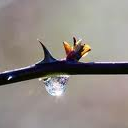 BRAMBLE TWIGS BRAMBLE TWIGS
Helps to sleep if chewed into a fine syrup and consumed.
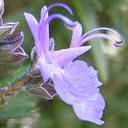 BROKEN ROSEMARY BLOOMS BROKEN ROSEMARY BLOOMS
Heals wounds near the eyes or eyelids; also helps for eye infections.
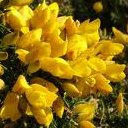 BROOM BROOM
Its poultice is used for broken limbs. Poultice for open wounds.
 BURDOCK BURDOCK
Leaves may be chewed and applied to wounds that are clear of infection to speed healing.
Roots may be chewed and applied to a wound to draw infection from it. Especially good for rat bites.
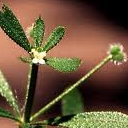 CATCHWEED CATCHWEED
Burrs can be used to help hold poultices onto a cat.
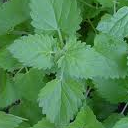 CATMINT (CATNIP) CATMINT (CATNIP)
Leaves and Flowers can be used to relive congestion and coughs. Used to counter greencough and whitecough. Usually found near twoleg places.
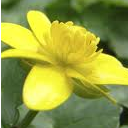 CELANDINE CELANDINE
Used to strengthen weak eyes.
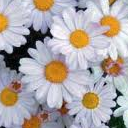 CHAMOMILE CHAMOMILE
Leaves and Flowers may be consumed to soothe a cat and add to their physical strength.
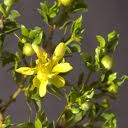 CHAPARRAL CHAPARRAL
Helps clean the face.
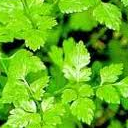 CHERVIL CHERVIL
The juice of the leaves are used for infected wounds, and chewing the roots helps with bellyache.
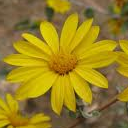 CHEWED GUMWEED CHEWED GUMWEED
Helps to seal wounds from infection. It slightly stings but collects the skin together and makes it close faster, therefore preventing infection.
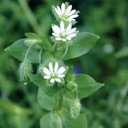 CHICKWEED CHICKWEED
If there is not catmint around, it is a good substitute to counter greencough.
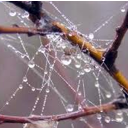 COBWEBS COBWEBS
Gathered and pressed into wounds to stop bleeding. Generally only used with wounds that risk bleeding heavily as they can cause increased risk of infection.
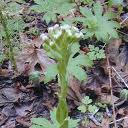 COLTSFOOT COLTSFOOT
The leaves are eaten to reduce shortness of breath.
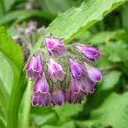 COMFREY COMFREY
Used when healing broken bones.
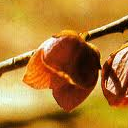 CRUSHED PAWPAW ROOT CRUSHED PAWPAW ROOT
If digested, useful for healing kitten cough.
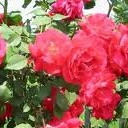 CRUSHED ROSE THORNS CRUSHED ROSE THORNS
Helps seal the wound.
 DAISY LEAVES DAISY LEAVES
If chewed into a paste, can be a useful remedy for aching joints.
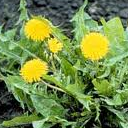 DANDELION LEAVES DANDELION LEAVES
Chewed, helps to calm a cat
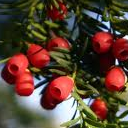 DEATHBERRY (YEW) DEATHBERRY (YEW)
Berries, or any other part of the plant, when consumed will kill the cat who swallows if they are not given immediate help, and even then they may not always be saved.
 DOCK DOCK
The leaf is chewed and applied to scratches to soothe them. Also can make a cat's fur slippery to help it out of tangles such as in a bramble bush.
 DRIED OAK LEAF DRIED OAK LEAF
Used to stop infections.
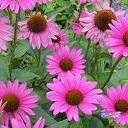 ECHINACEA ECHINACEA
Used to ease infection.
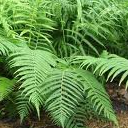 FERNS FERNS
Used to clean out wounds.
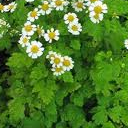 FEVERFEW FEVERFEW
Leaves can be used to reduce fever, in addition to being consumed to aid against colds and stomach ailments.
 FOXGLOVE FOXGLOVE
Cloves purge toxins from the body. Leaves are used on deep wounds to quickly stop the bleeding.
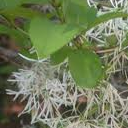 FRINGE TREE FRINGE TREE
Used as a rub, kills germs and stops infestions spreading. Injested, helps cure infections.
 GARLIC GARLIC
Used for fleas and covering scent. Juice prevents infection, though it stings a bit.
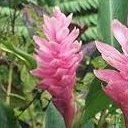 GINGER GINGER
Used for asthma and coughs if consumed.
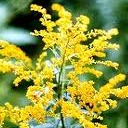 GOLDENROD GOLDENROD
The poultice of this is for healing wounds.
 GRASS GRASS
Used for upset stomachs if consumed.
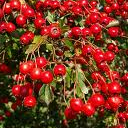 HAWTHORNE BERRIES HAWTHORNE BERRIES
Treats indigestion. Too many can make the cat ill.
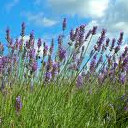 HEATHER NECTER HEATHER NECTER
Improves the taste of bitter herbs, such as dock and yarrow. Does no harm to the poultice, herb, or otherwise cure in the process.
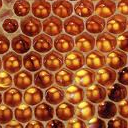 HONEY HONEY
Used to soothe the throat. Particularly good for smoke inhalation. Also useful for coughs, in kits and older cats.
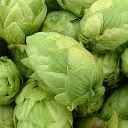 HOPS HOPS
Calms or soothes scattered nerves, anxiety, etc.
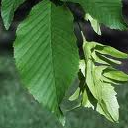 HORNBEAM HORNBEAM
If chewed, good for depression.
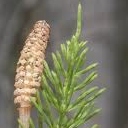 HORSETAIL HORSETAIL
The leaves are chewed up and applied to infected wounds.
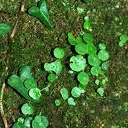 IVY JUICE IVY JUICE
Calms a cat if consumed.
 JUNIPER JUNIPER
Berries ease the stomach and can serve as a counter poison. Leaves are used to ease coughs and other respiratory problems.
 LADY'S MANTLE LADY'S MANTLE
Stops bleeding.
 LAMB'S EAR LAMB'S EAR
Good for strength.
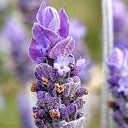 LAVENDER LAVENDER
Leaves & flowers are particularly good when eaten for easing pains in head and throat, and curing fever. Inhaling the sent of fresh flowers can also calm the nerves. Helps chills. The stem calms a cat in shock.
 LOTUS ROOTS LOTUS ROOTS
Keeps a cat awake.
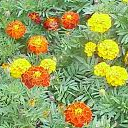 MARIGOLD MARIGOLD
Leaves and Flowers should be consumed to relieve chills.
Leaves and Petals can be chewed and placed on wounds to prevent infection.
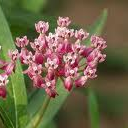 MILKWEED JUICE MILKWEED JUICE
Used for sores and burns. Poisonous if ingested; do not use around the ears or eyes.
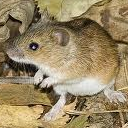 MOUSE BILE MOUSE BILE
Bile from the liver of the common mouse may be harvested and used to kill stubborn fleas and ticks.
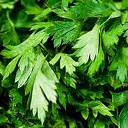 PARSLEY PARSLEY
Used to stop the flow of a queen's milk.
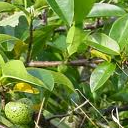 POND APPLE POND APPLE
Ingested, helps to cure belly aches
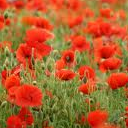 POPPY (WILD) POPPY (WILD)
Seeds can be consumed to remove pain and aid sleep.
Flower heads should be consumed together to relive continuous coughs.
Petals and Leaves should be chewed to aid in sleep and improve resting.
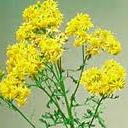 RAGWORT RAGWORT
Used with crushed juniper berries to ease aching joints in a poultice.
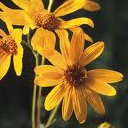 ROSINWEED ROSINWEED
Cleans out the system when poison(s) have been digested.
 SAGE ROOT SAGE ROOT
Heals cracked pads. Use with poppy seeds.
 SKULLCAP SEEDS SKULLCAP SEEDS
Gives a cat extra strength.
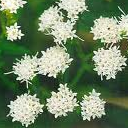 SNAKEROOT SNAKEROOT
Used to counter poison.
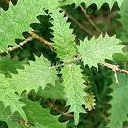 STINGING NETTLE STINGING NETTLE
The leaves are applied to reduce swelling, while the seeds are ingested by those who have swallowed poison.
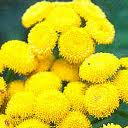 TANSY TANSY
Leaves, flowers, and Stems should be eaten together to remove worms.
Leaves may be chewed to relive joint aches.
Flowers should be consumed to remove coughs.
Pregnant Queens should NEVER be given Tansy, for it causes miscarriages.
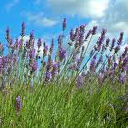 THINNED HEATHER DOWN THINNED HEATHER DOWN
Helps the indigestion of a kit by lining the kit's stomach and absorbing the uncomfortable juices. Only useful if digested.
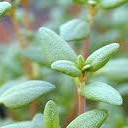 THYME THYME
Should be consumed to calm the anxious cat, or to aid in brining restful sleep.
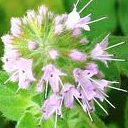 WATER MINT WATER MINT
Used to help cure bellyaches.
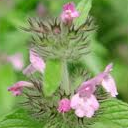 WILD BASIL WILD BASIL
Chewed, helps aching paws. Can also be rubbed on cut pawpads to soothe pain and encourage healing.
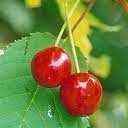 WILD CHERRIES WILD CHERRIES
Eaten, helps to soothe and cure a cough.
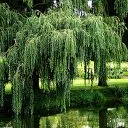 WILLOW TREE WILLOW TREE
Water from beneath the bark of the flowering willow may be dripped into the eyes to help clear blurriness of vision. It may also be applied to dry patches of skin to soothe itches.
Small amounts of Willow Bark may be consumed to ease pain, act against inflammation, and to ease diarrhea or fevers.
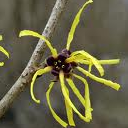 WITCH HAZEL WITCH HAZEL
Ingested, acts as an anti-inflammatory. Rubbing onto the wound calms and reduces swelling.
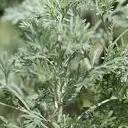 WORMWOOD WORMWOOD
Relieves pain when chewed.
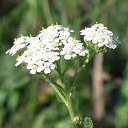 YARROW YARROW
Entire plant should be consumed to induce vomiting.
Entire plant should be chewed and applied to wounds to relive pain and prevent infection.
|
|
ALDER
ALFALFA
ALOE VERA
ALPESTRIS
ASH (TREE)
Keys (seeds) of the Ash tree may also be consumed to fight the pain caused by a stitch in the side.
BELLADONNA
BLESSED THISTLE
BORAGE
BRAMBLE TWIGS
BROKEN ROSEMARY BLOOMS
BROOM
BURDOCK
CATCHWEED
CATMINT (CATNIP)
CELANDINE
CHAMOMILE
CHAPARRAL
CHERVIL
CHEWED GUMWEED
CHICKWEED
COBWEBS
COLTSFOOT
COMFREY
CRUSHED PAWPAW ROOT
CRUSHED ROSE THORNS
DAISY LEAVES
DANDELION LEAVES
DEATHBERRY (YEW)
DOCK
DRIED OAK LEAF
ECHINACEA
FERNS
FEVERFEW
FOXGLOVE
FRINGE TREE
GARLIC
GINGER
GOLDENROD
GRASS
HAWTHORNE BERRIES
HEATHER NECTER
HONEY
HOPS
HORNBEAM
HORSETAIL
IVY JUICE
JUNIPER
LADY'S MANTLE
LAMB'S EAR
LAVENDER
LOTUS ROOTS
MARIGOLD
MILKWEED JUICE
MOUSE BILE
PARSLEY
POND APPLE
POPPY (WILD)
RAGWORT
ROSINWEED
SAGE ROOT
SKULLCAP SEEDS
SNAKEROOT
STINGING NETTLE
TANSY
THINNED HEATHER DOWN
THYME
WATER MINT
WILD BASIL
WILD CHERRIES
WILLOW TREE
WITCH HAZEL
WORMWOOD
YARROW


